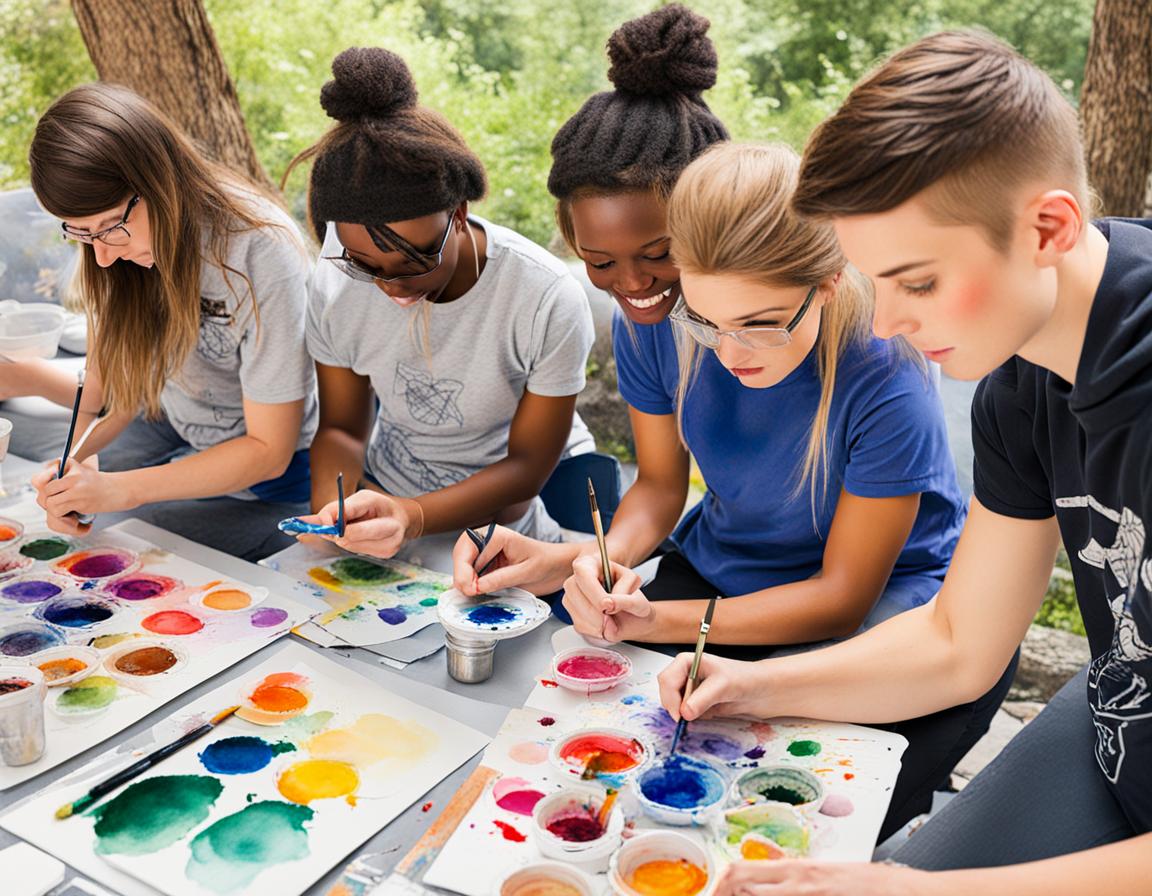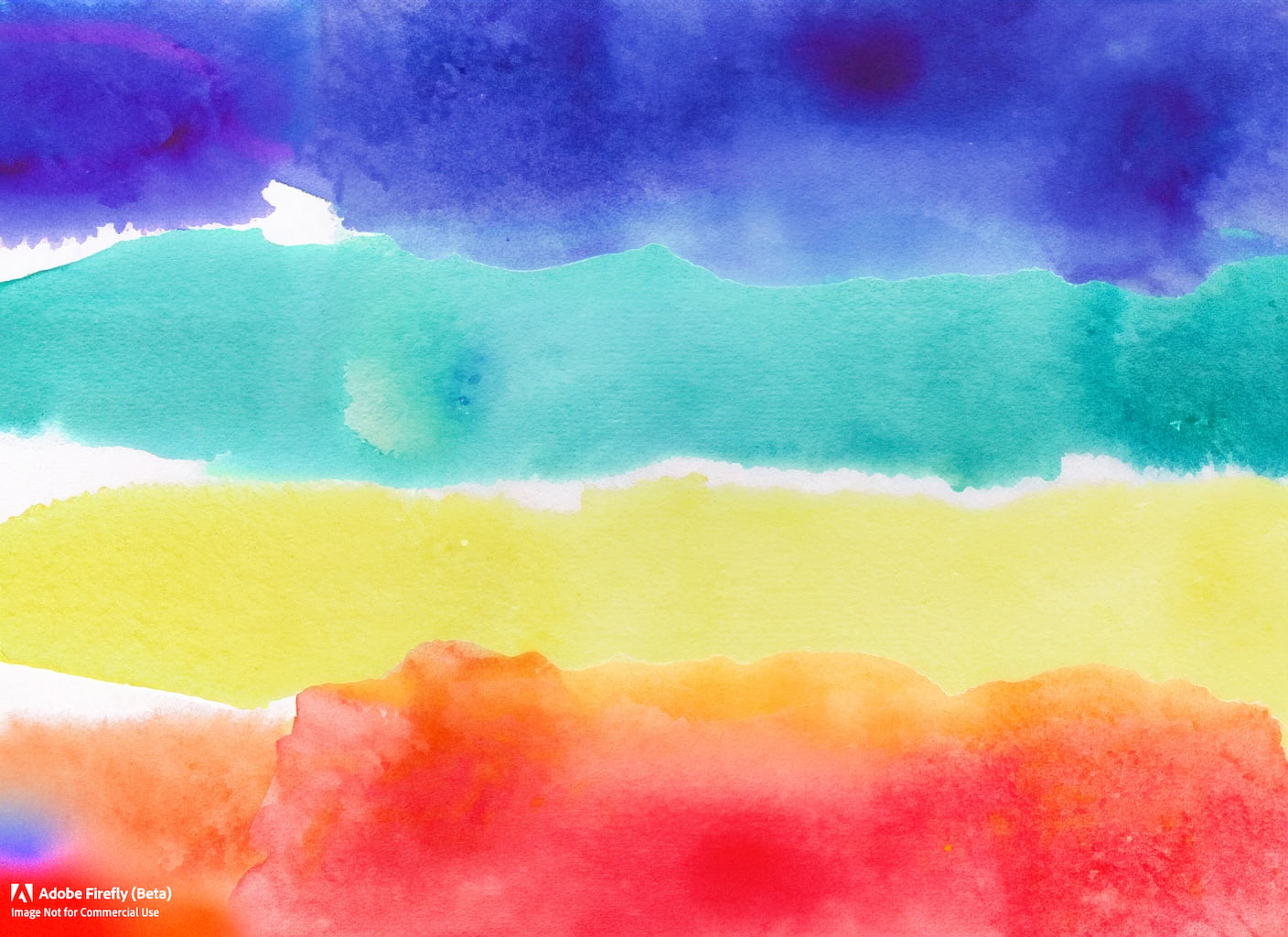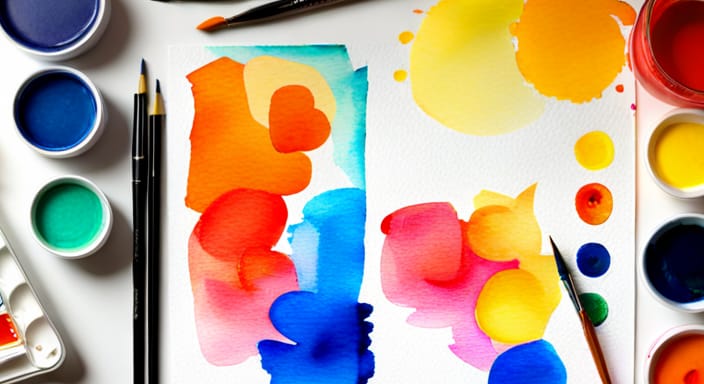Watercolor painting is a beautiful and rewarding art form that can be enjoyed by anyone, regardless of skill level or experience. If you’re interested in getting started with watercolors but don’t know where to begin, you’re not alone. Many beginners struggle with knowing what supplies to buy, which techniques to use, and how to approach their first painting. In this Getting Started Guide to Watercolors, we’ll provide you with a comprehensive overview of everything you need to know to get started with watercolor painting. From choosing the right paper and brushes to mastering essential techniques and tips, we’ll cover it all. So, let’s dive in and discover the wonderful world of watercolors together!
Choosing the Right Watercolor Paper
Selecting the right watercolor paper is crucial for achieving the desired results. There are three main types of watercolor paper: rough, hot-pressed (HP), and cold-pressed (NOT). Rough paper has a pronounced, varied texture, while hot-pressed paper has a very smooth surface and almost no tooth. Cold-pressed paper, also known as NOT, has a slightly textured surface. Most artists prefer using rough or cold-pressed paper. It’s essential to invest in good quality, acid-free paper to ensure the longevity of your artwork.
Essential Watercolor Techniques for Beginners
- Wet-on-wet: This technique involves applying wet paint to a wet surface, which is commonly used for painting landscapes, skies, or soft washes.
- Layering: Start with light layers of paint and gradually build up the intensity by adding more layers.
- Glazing: Apply thin, transparent layers of paint over a dry layer to create depth and luminosity.
- Dry brush: Use a brush with minimal water and paint to create textured strokes on dry paper.
- Mixing colors: Practice mixing colors on a palette to achieve the desired shades and tones.
Essential Watercolor Supplies
If you wish to get started today, here is a great starter watercolor set. For individual items, click on the links below:
- Paint: Choose good quality watercolor paints, such as Winsor & Newton’s Cotman Watercolors for tube paints or cake watercolors.
- Brushes: Invest in a set of round brushes for beginners.
- Palette: A plastic palette that can be sealed is ideal for mixing colors and keeping the paint wet for a longer period.
- Pens: Pigma Micron Pens or Pentel Pocket Brush Pen are great for adding line art to your watercolor paintings.
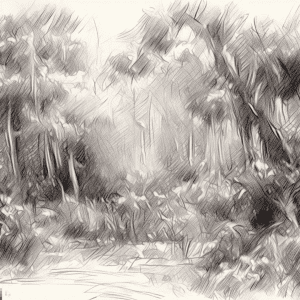
Tips for Watercolor Beginners
- Create a detailed sketch before applying paint.
- Allow layers of paint to dry in between applications.
- Test your watercolor mix on scrap paper before applying it to your artwork.
- Use a second jug of water to keep your colors clean.
- Practice different techniques on a separate piece of paper to build your skills and confidence.
Beginner Subjects for Watercolors
- Trees, mountains, lakes, meadows, etc.: These are good subjects to use when learning a technique because they don’t require as much focus.
- Shapes: Painting simple shapes can help you practice color mixing, brush control, and creating clean edges.
- Fruit and vegetables: These subjects are great for practicing observation skills, shading, and creating texture.
Now, let’s tabulate the subjects with their corresponding techniques:
| Subject | Techniques Required |
|---|---|
| Trees, mountains, etc. | Brush control, creating texture |
| Shapes | Color mixing, brush control, clean edges |
| Fruit and vegetables | Observation skills, shading, creating texture |
quick tips for beginners on color mixing in watercolors
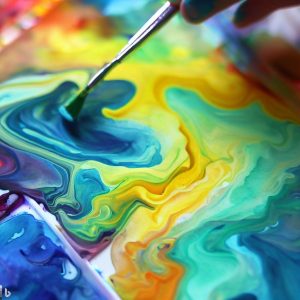
- Start with a palette: Use a watercolor palette with multiple color containers to easily combine different colors. This will give you a space to mix and blend your colors.
- Mix on a tray or plate: When mixing your watercolors, use a tray or plate to ensure you have enough color to cover the area you’re painting. This will give you more control over the amount of paint you’re using.
- Learn the basics of color theory: Understanding color theory will help you know which colors to mix to achieve the desired hue. For example, knowing that blue and yellow make green or that red and blue make purple.
- Experiment with different ratios: Try mixing different ratios of colors to create variations in shades and tones. This will give your paintings more depth and dimension.
- Use a limited color palette: Starting with a limited number of colors can help you understand how they interact and mix with each other. It also allows you to focus on mastering the basics before expanding your color range.
- Practice color mixing exercises: Create color charts or swatches to test the mixing range of your palette. This will help you develop a better understanding of how your paints behave and how to achieve specific colors.
Remember, color mixing in watercolors takes practice and experimentation. Don’t be afraid to make mistakes and have fun with the process.
Good Resources for Learning Watercolor Techniques Online
On prominentPAINTING.com, we have many guides, tutorials, videos, and inspiration from master watercolor artists. See below for links to help you:
If you’re looking to learn watercolor techniques online, there are many resources available to help you get started. Here are some of the best additional online watercolor classes and resources to consider:
- Udemy: Udemy offers a wide range of watercolor painting courses taught by award-winning artists. These include beginner’s courses, intermediate courses, and advanced courses.
- Skillshare: Skillshare offers a variety of watercolor classes, including “Portrait from Photo,” “Watercolor Landscapes,” and “Watercolor Illustration.” You can access them with the free trial, which lasts a whole month through our links.
- The Watercolor College: The Watercolor College offers a comprehensive online course that covers everything from basic techniques to advanced painting methods.
- Watercolor Workshop: Watercolor Workshop offers a beginner’s course that covers the basics of watercolor painting, including color theory, brush techniques, and more.
- Domestika: Domestika offers a variety of watercolor courses, including “Creating Textures with Color,” “Watercolor for Beginners,” and “Watercolor Techniques for Illustrators.”
- Shibasaki: Shibasaki offers fantastic (subtitled in English by in) watercolor tutorials that cover a variety of themes and techniques.
- YouTube: YouTube is a great resource for free watercolor tutorials. Some of the best channels to check out include The Mind of Watercolor, Watercolor Misfit, and The Virtual Instructor.
Whether you’re a beginner or an experienced painter, these online resources can help you improve your watercolor skills and create beautiful works of art. More beginner video tutorials here: Getting Started with Watercolors
Quick Watercolor Exercises: Boost Your Skills in Minutes
Here are some quick watercolor exercises that can help boost your skills in minutes:
- Train your wrist: Practice making different brushstrokes with your wrist to improve your control and precision.
- Color intensity: Experiment with different levels of water and paint to create variations in color intensity. This will help you understand how to control the transparency and opacity of your paint.
- Practice details: Use a small brush to practice painting details like lines, dots, and textures. This will help you develop your brush control and precision.
- Try tubes of watercolor paint: Experiment with different types of watercolor paint, including tubes, to see how they behave and how they can be used to create different effects.
- Create color swatches: Make a chart of your watercolor paints to see how they look when mixed. This will help you understand how to create specific colors and shades.
- Wet-on-wet technique: Wet your paper with water before applying paint to create a soft, blended effect. This technique is great for creating backgrounds and atmospheric effects.
- Gradients: Practice creating gradients by blending two colors. This technique is great for creating skies and sunsets.
- Experiment with different papers: Try painting on different types of watercolor paper to see how they affect the texture and appearance of your painting.
- Use salt: Sprinkle salt on your wet paint to create interesting textures and patterns. This technique is great for creating a starry night sky or a sandy beach.
- Paint from life: Practice painting objects from life, like fruit or flowers, to improve your observation skills and understanding of light and shadow.
Remember, these are just a few exercises to help you improve your watercolor skills.
PRO Tip: Don’t be afraid to make mistakes! Each “mistake” is an opportunity to learn and grow as a watercolor artist.
“Watercolor is like life – it’s a dance, an improvisation, a wonderful journey!”
Summary: Getting Started Guide to Watercolors
Remember, practice makes perfect. As you continue to experiment with watercolors and learn new techniques, your skills will improve, and you’ll be able to create stunning watercolor art. Happy painting!
